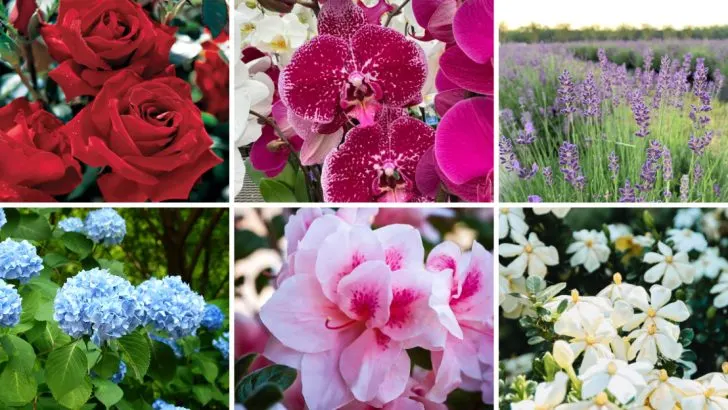Some plants are absolutely stunning—until you actually try living with them. I’ve grown my fair share of “look but don’t touch” beauties that ended up being more trouble than they were worth. On paper, they checked all the boxes: eye-catching, unique, full of promise. In practice? Just a whole lot of frustration.
This list is my personal hall of fame for plants I won’t be welcoming back to the garden. Some were too fussy, others took over everything, and a few just never pulled their weight. They may look great in photos or at the nursery, but experience taught me the hard way that good looks don’t always mean good garden behavior.
Roses
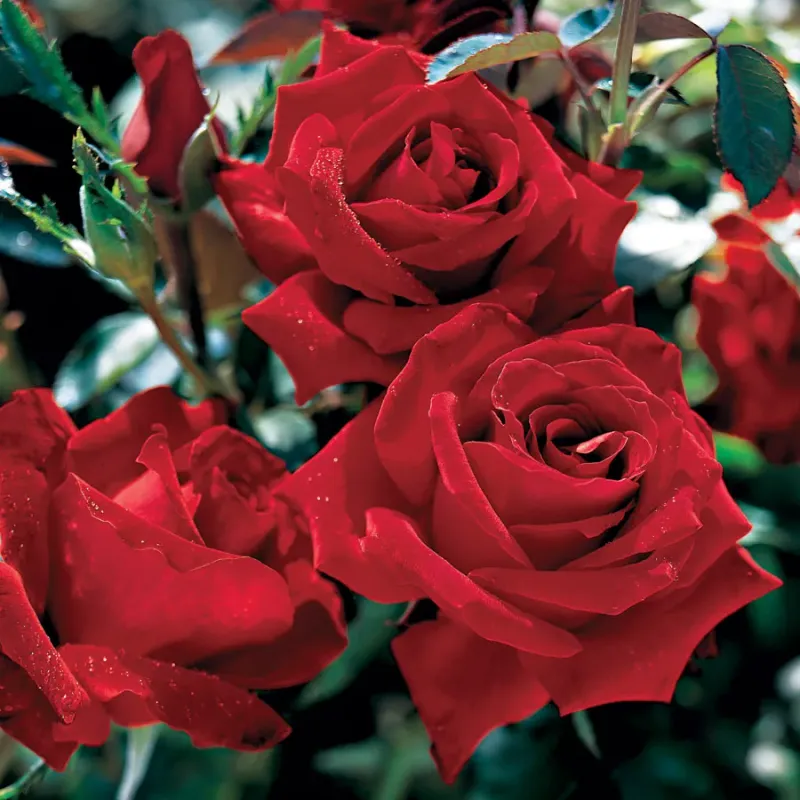
Despite their undeniable beauty, roses demand constant vigilance. Their alluring blooms hide a relentless need for attention. Prone to a multitude of diseases, including black spot and powdery mildew, these plants require frequent spraying to maintain their health.
Imagine spending countless hours pruning, watering, and monitoring for pests. They are also notorious for their thorny stems, which add a layer of difficulty to their care. While their fragrance is enchanting, the effort involved often sours the experience. My time in the garden is now spent on more rewarding endeavors.
Orchids
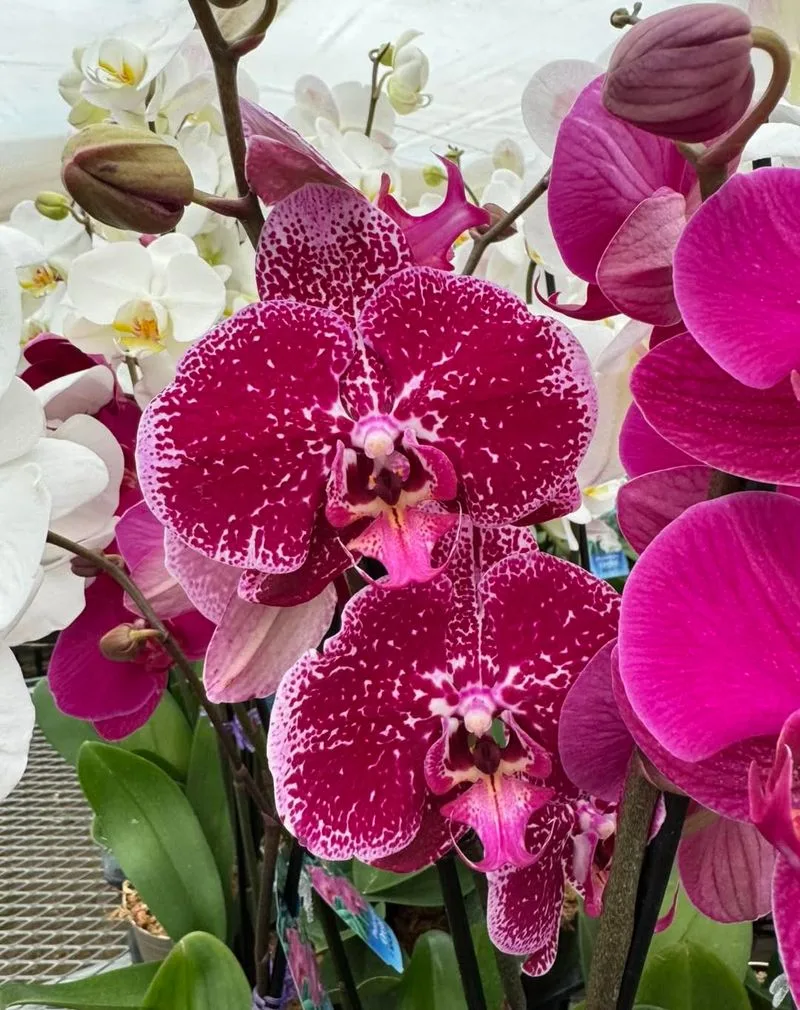
Orchids are synonymous with elegance and sophistication, but their care is an intricate dance. The balance of light, humidity, and temperature must be precise, making them a challenge for even seasoned gardeners.
They’re sensitive to overwatering, which can lead to root rot, a common demise for these sophisticated beauties.
It’s like trying to maintain a delicate piece of art; the reward is fleeting when faced with the constant stress of nurturing their fragile nature. I’ve decided to leave these to the experts.
Bamboo
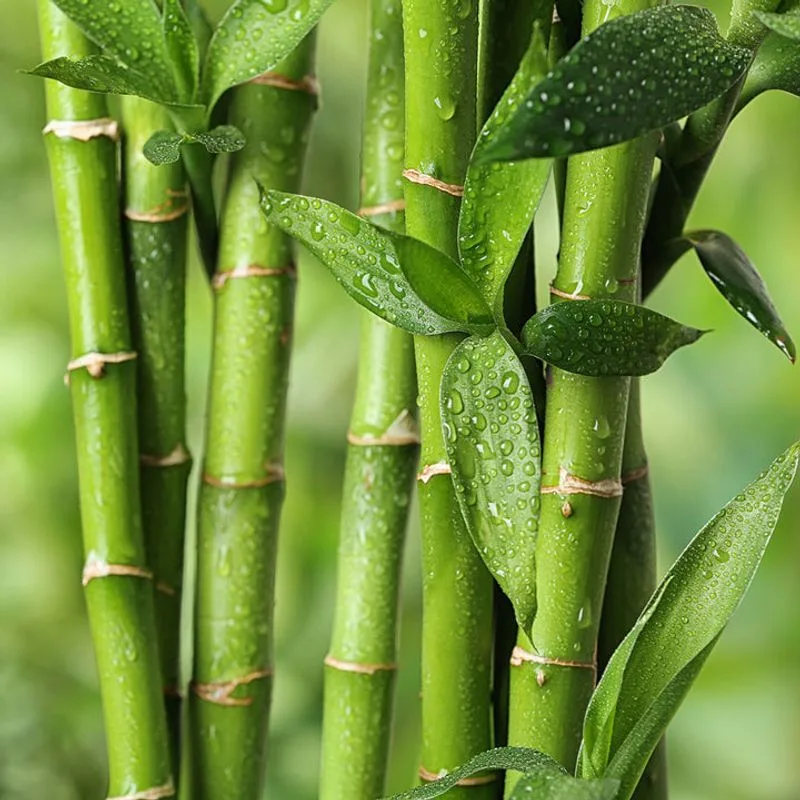
Bamboo can transform a landscape with its exotic appearance, yet its invasive nature is a gardener’s nightmare. Once established, it spreads aggressively, overrunning gardens and choking out other plants.
Containing bamboo requires rigorous maintenance and barriers, but even these often fail to keep it in check.
Its rapid growth and resilience make it a formidable opponent. While the aesthetic appeal is undeniable, the effort to control its spread outweighs its beauty. My garden plans have shifted to less aggressive species.
Lavender
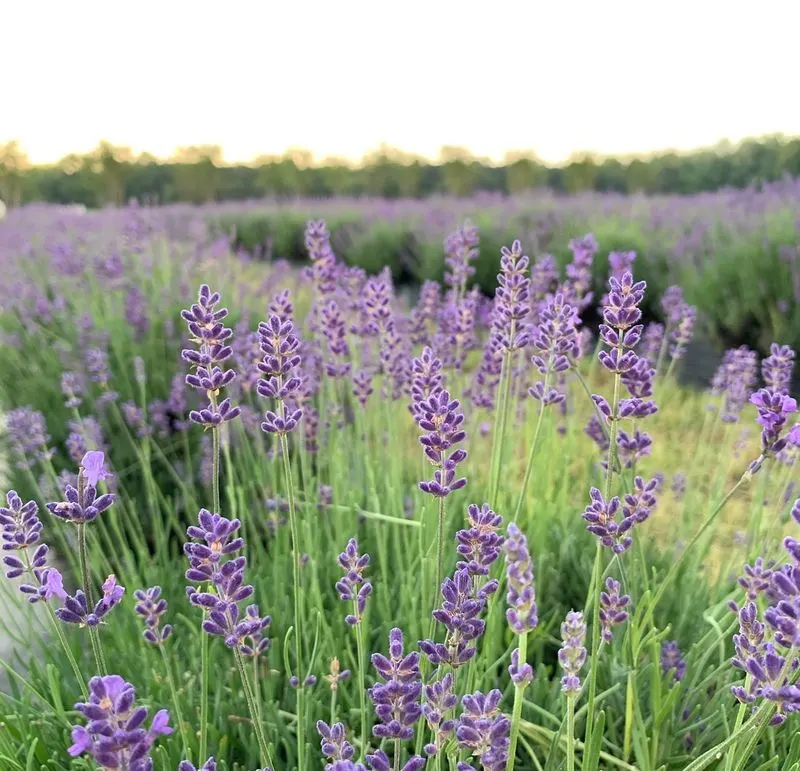
Lavender’s calming scent and picturesque blooms are hard to resist, yet the plant is surprisingly picky. It demands the perfect soil conditions—well-drained and slightly alkaline—to thrive.
Humidity is its enemy, leading to root rot and fungal diseases.
Although the concept of a lavender field in full bloom is dreamy, the reality of maintaining them is labor-intensive and often disappointing. My search for a low-maintenance aromatic plant continues elsewhere.
Fiddle Leaf Fig

The fiddle leaf fig is a darling of interior design, but its finicky nature can test anyone’s patience. This plant demands consistency in watering, light, and humidity, or it will retaliate with browning leaves.
It’s sensitive to changes in its environment, and moving it can cause stress.
Despite its striking appearance, the challenge of meeting its demands has led me to seek more accommodating houseplants. My home feels calmer without the stress of this temperamental tenant.
Hydrangeas

Hydrangeas boast beautiful blooms, but they are not without their quirks. Soil acidity levels affect their flower color, a fascinating detail but a challenge to manage.
They are thirsty plants, requiring constant watering, especially in hot climates, or they wilt quickly.
The balancing act of water and soil condition makes them more work than their lovely appearance might suggest. I’ve opted for plants with less demanding hydration needs.
Azaleas
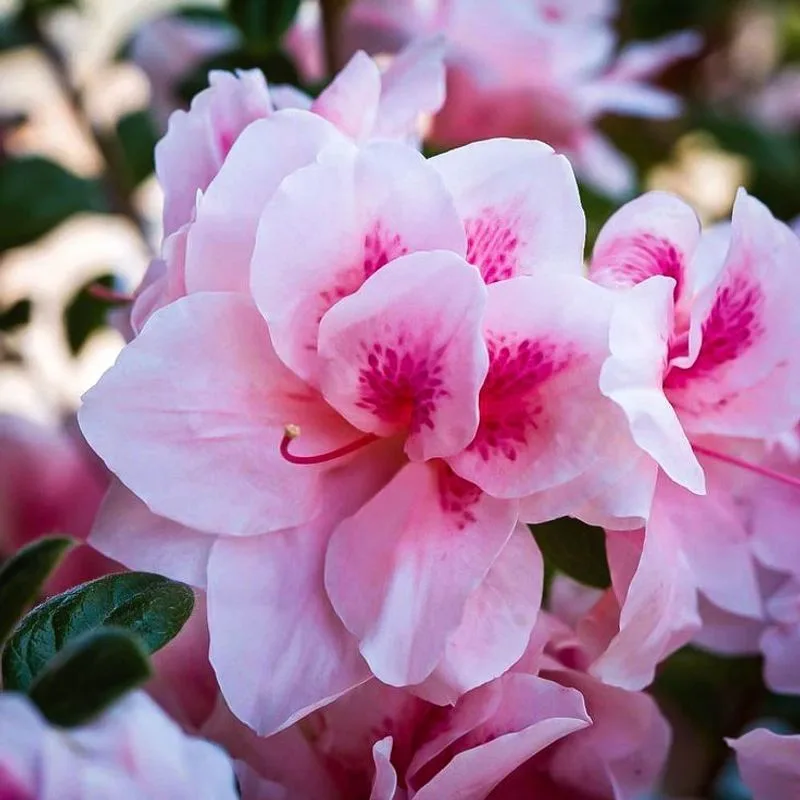
Azaleas light up gardens with their vibrant colors, yet they are a magnet for pests like lace bugs and spider mites. Their stunning display requires acidic, well-drained soil and a specific balance of sun and shade.
Neglecting these can lead to root rot or leaf problems.
Their demands and susceptibility to pests have made them more high-maintenance than my gardening routine allows. I’ve shifted to plants that are less fussy and fragile.
Gardenias
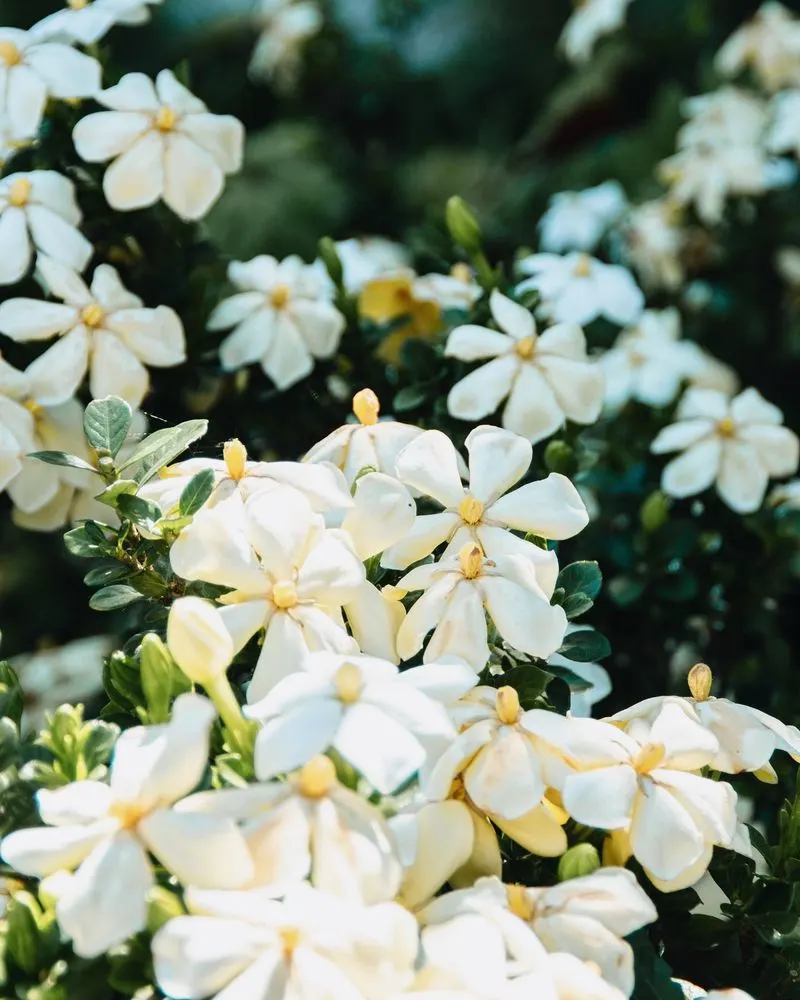
Gardenias are adored for their intoxicating scent and glossy leaves, but their diva-like care requirements can be overwhelming. They’re sensitive to temperature changes and require acidic soil with precise watering needs.
They are also prone to pests and yellowing leaves if conditions aren’t perfect.
Despite their charm, the constant battle to maintain their health makes them a less appealing choice for my garden now. More forgiving plants have since taken their place.
Lilies

Lilies are a sight to behold, yet their beauty belies a demanding nature. They require well-drained soil and are susceptible to pests like lily beetles and aphids.
Their tall stems often need staking to prevent them from falling over in wind or rain.
While they bring a sense of elegance to the garden, the effort to maintain them upright and pest-free has led me to pursue plants with less intensive needs.
Peonies
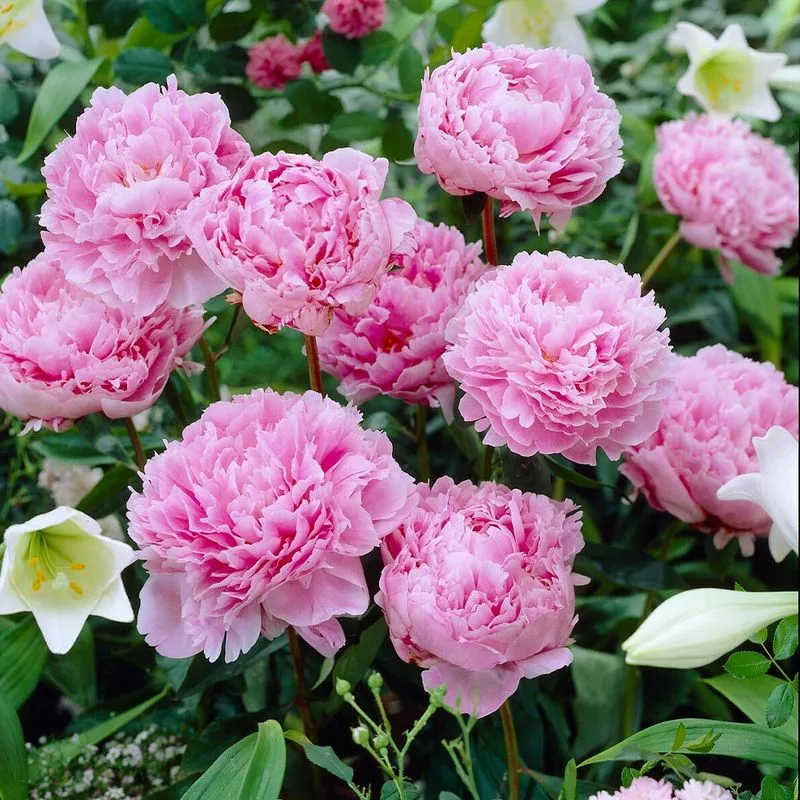
Peonies are the epitome of timeless beauty, yet they come with their own set of challenges. Their blooming period is short-lived, often leaving the garden looking bare afterward.
They require well-drained soil and support to prevent their heavy blooms from drooping.
The anticipation of their bloom is sometimes overshadowed by the maintenance needed to keep them looking their best. My focus has shifted to perennials with longer-lasting displays.
Clematis
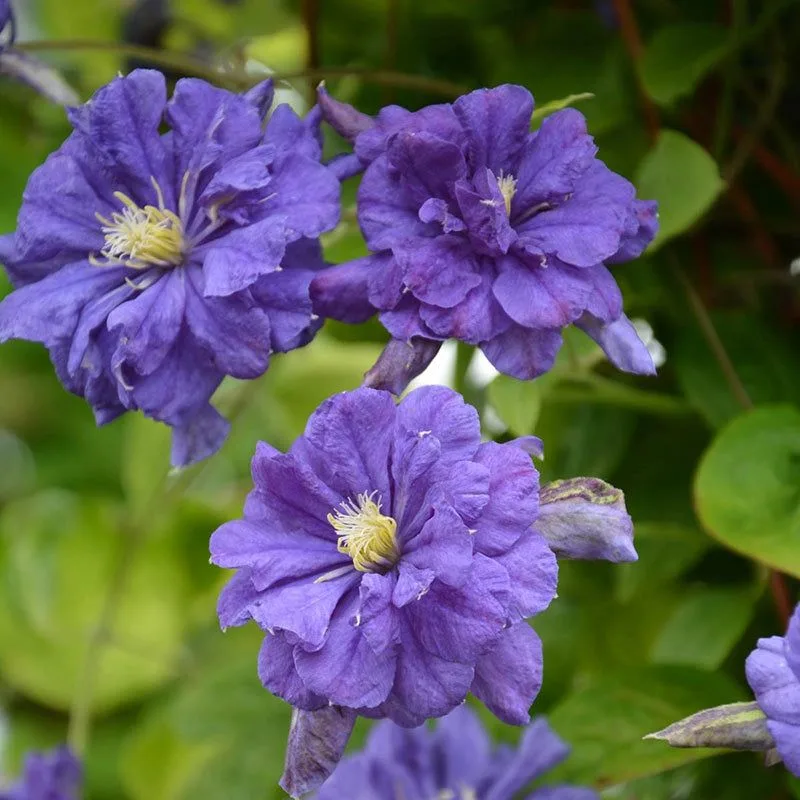
Clematis vines add vertical appeal to gardens, but they demand attention to detail. They need well-drained soil and a careful balance of sun and shade to thrive.
Pruning is an art form with clematis, requiring knowledge of their blooming habits to avoid cutting back the wrong stems.
Their complexity rivals their beauty, making them a choice for only the most dedicated gardeners. I’ve since chosen simpler vining plants.
Wisteria
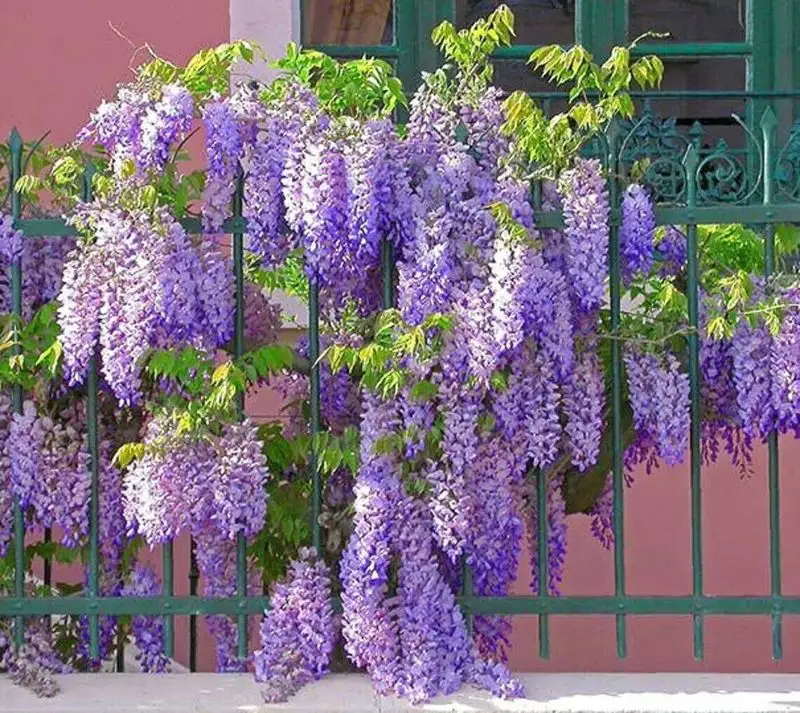
Wisteria can transform a space into a whimsical paradise, yet it’s a powerhouse of potential problems. Its rapid growth necessitates constant pruning to prevent it from overtaking structures.
Its beauty is fleeting, with blooms appearing for a short period in spring.
Managing its vigor becomes a full-time job, overshadowing the enjoyment of its blossoms. I’ve redirected my efforts to less aggressive climbers for my garden’s harmony.
Dahlias
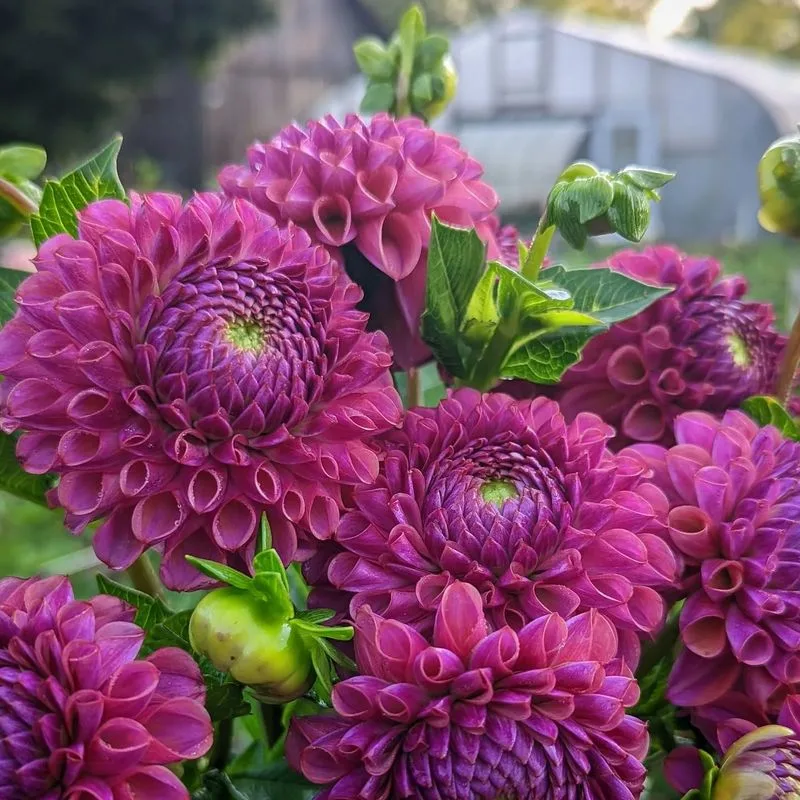
Dahlias offer a dazzling array of colors and shapes, but their needs can be daunting. They require full sun, well-drained soil, and regular watering.
Their tubers must be dug up and stored over winter in colder climates, adding another layer of care.
The effort required to ensure their return each year is more than I’m willing to invest. I’ve chosen perennials that thrive with less intervention.
Camellias
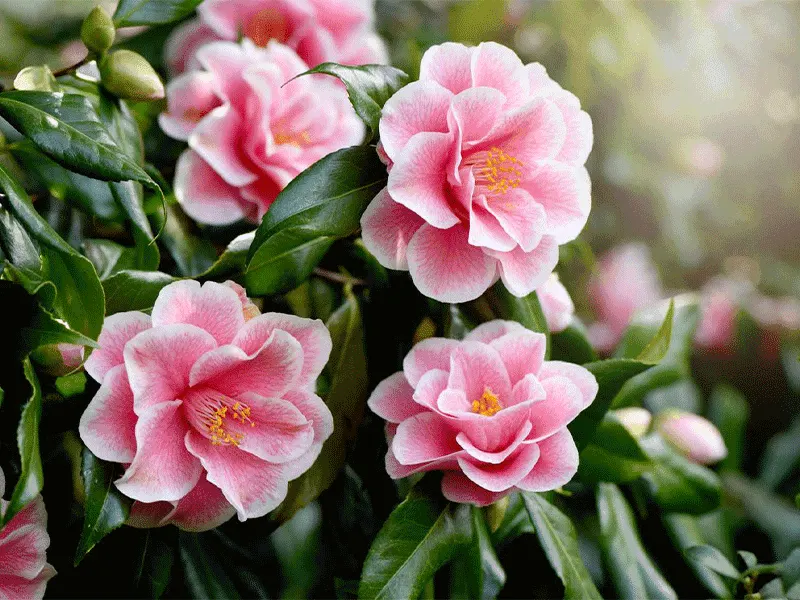
Camellias are celebrated for their large, rose-like flowers, yet their care can be complex. They prefer acidic, well-drained soil and are sensitive to temperature extremes.
Their blooms are susceptible to petal blight, a disease that can ruin their display.
The meticulous care required to keep them disease-free and thriving has prompted me to fill my garden with hardier plants. Their spot now belongs to more resilient species.
Tulips
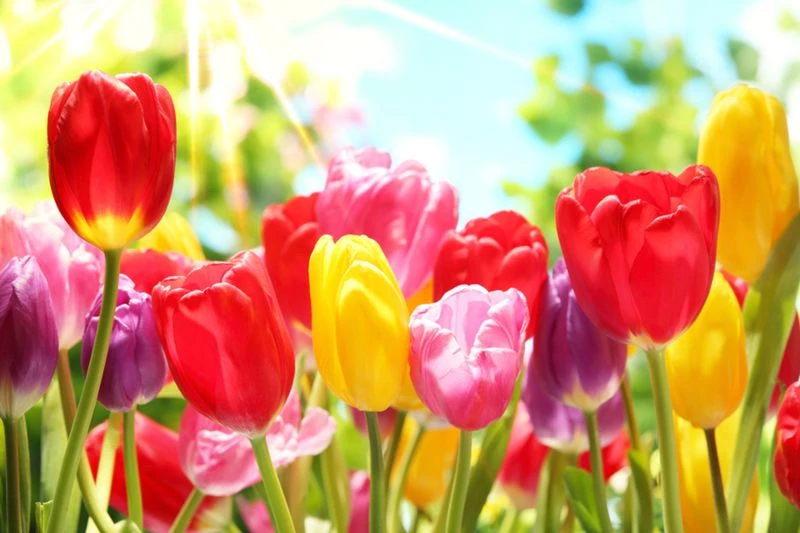
Tulips are the heralds of spring, yet their fleeting beauty comes with strings attached. They require well-drained soil and a winter chill to bloom properly.
In many climates, they are treated as annuals, needing replanting each year for a vibrant display.
While their colorful appearance is delightful, the yearly replanting and care needed for optimal growth have led me to focus on perennials that provide consistent beauty without the extra effort.
Carnivorous Venus Flytrap
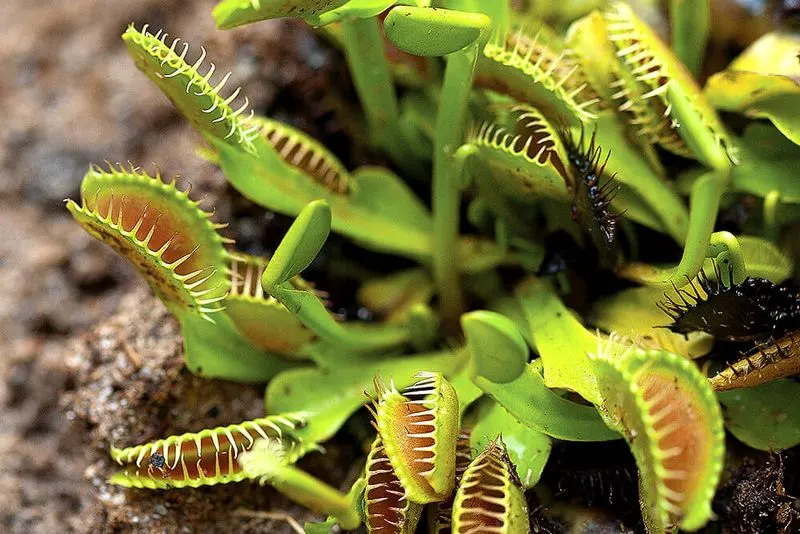
Despite its allure, the Venus Flytrap can be a demanding companion in your plant collection. With leaves resembling little jaws, it snaps shut on unsuspecting insects. Yet, its care regimen is unforgiving. The plant demands distilled water, specific humidity levels, and ample sunlight to thrive.
Without these precise conditions, it languishes. Additionally, the feeding process, while fascinating, can be tedious and often leads to unintended casualties. Its unique appearance might attract, but the high maintenance soon deters the faint-hearted. Before adding this plant to your collection, consider the commitment it demands.
Did you know? This plant is native to subtropical wetlands on the East Coast of the United States.

